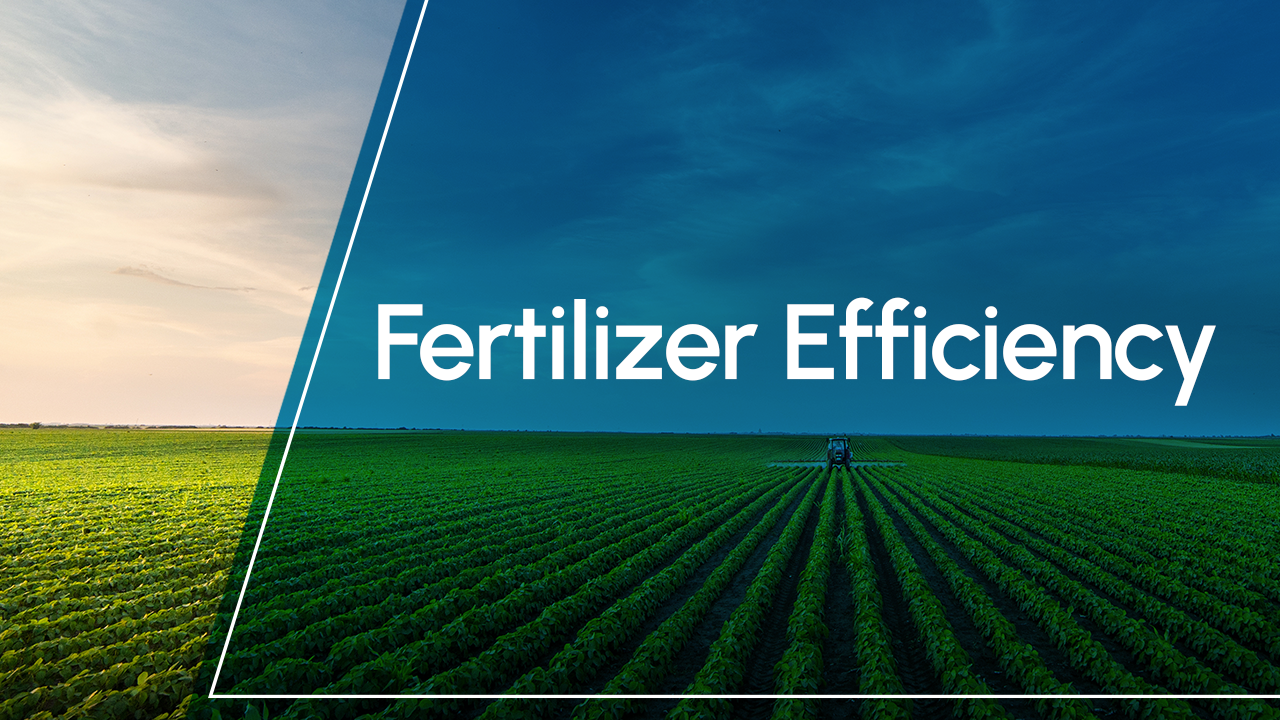
Biochemistries bring calm to stressed-out plants

What a relief: calming stressed out crops, naturally
When it comes to fertilizer, nothing comes easy these days.
Nitrogen, phosphate and potassium are more expensive. Supply chain disruptions are making inputs more difficult to acquire. Some governmental bodies, like those in the European Union, are committed to reducing fertilizer use in their countries. Mineral fertilizers are limited resources. And there’s always waste: more than 25 percent of the $10 billion in fertilizers applied to crops each year are lost to leaching, volatilization, surface water runoff and wind and water erosion.
This means farmers are faced with two difficult choices: use less fertilizer to cut costs but risk yield losses, or continue full-rate applications to maintain higher yields but bear the brunt of crushing input prices and potential supply chain issues.
There’s now a third choice: adding enzymes to smaller amounts of fertilizer to achieve yields at least as good — potentially better — as those produced by standard application rates, without incurring higher production costs.
“We’ve developed solutions that meet every facet of the fertilizer challenge,” says Brian Thompson, chief executive officer and co-founder of Elemental Enzymes. “As a company committed to finding sustainable substitutes for inorganic agricultural inputs, our team of researchers and product managers has identified naturally occurring enzymes that can be used with lower fertilizer rates, resulting in the same, or better, yield response.”

Enzymes are biological catalysts that break down and consume decaying plant material and soil matter that limits plant growth. Enzymes are plentiful, easy to apply and support the nutritional boost fertilizers provide. Harnessing these naturally occurring elements and developing enzyme based products that are easily added to current fertilizer products and agriculture practices has been the basis of efforts since day one for Elemental Enzymes’ research and development team.
More than six years of replicated field trials and research in the U.S. and Australia have proved the effectiveness of enzymes.
In one Australian study, an enzyme mixture of lipase and mannanase developed by the Elemental Enzymes research team was applied to wheat crops as a supplement to traditional monoammonium phosphate (MAP) fertilizers, which consist of phosphorus and nitrogen. The enzymes were applied in-furrow or on granular MAP fertilizers at the crops’ seeding stage, with the MAP application rate at 80 percent of the standard rate. Researchers found that:
- Wheat plant population, biomass, yield and grain quality equaled the conventional MAP application rate of 80 kilograms per hectare (a hectare is equal to just under half a U.S. acre)
- Enzymes are safe for wheat plants
- MAP savings ranged from $20 to $45 per hectare
- Twenty percent more hectares could be treated with MAP fertilizers than would have had enzymes not been incorporated

“Furthermore, impregnating urea with our proprietary enzyme product prior to broadcast resulted enhanced utilization with a result of an additional 25 percent nitrogen utilization, equal to approximately 108 pounds of urea per acre with a single enzyme application of 2 oz. of enzymes,” Thompson says. “An estimated 70 percent of CO₂ emissions related to corn production are from nitrogen fertilizer transportation.”
Thompson believes enzymes promise even greater benefits to farmers, without growers having to make substantial changes to their production practices. Elemental Enzymes is adding to its research team, and working to bring its 109 enzyme patent applications and 28 in-development enzyme products to market.
“Our goal has been to work within the confines and constraints of traditional agriculture practices to implement new technologies with significant impact,” Thompson says. “We intend to continue our research and development of amplified, naturally-occurring enzyme products. Investments in research and field trials are instrumental in the continued improvement of product opportunities and validation for use by the crop agriculture industry.”
Going forward, as more farmers utilize enzymes to conserve fertilizer, the benefits to both their bottom lines and the environment will increase. Elemental Enzymes seeks to be the resource for meeting these challenges with a practical and reliable solution.




